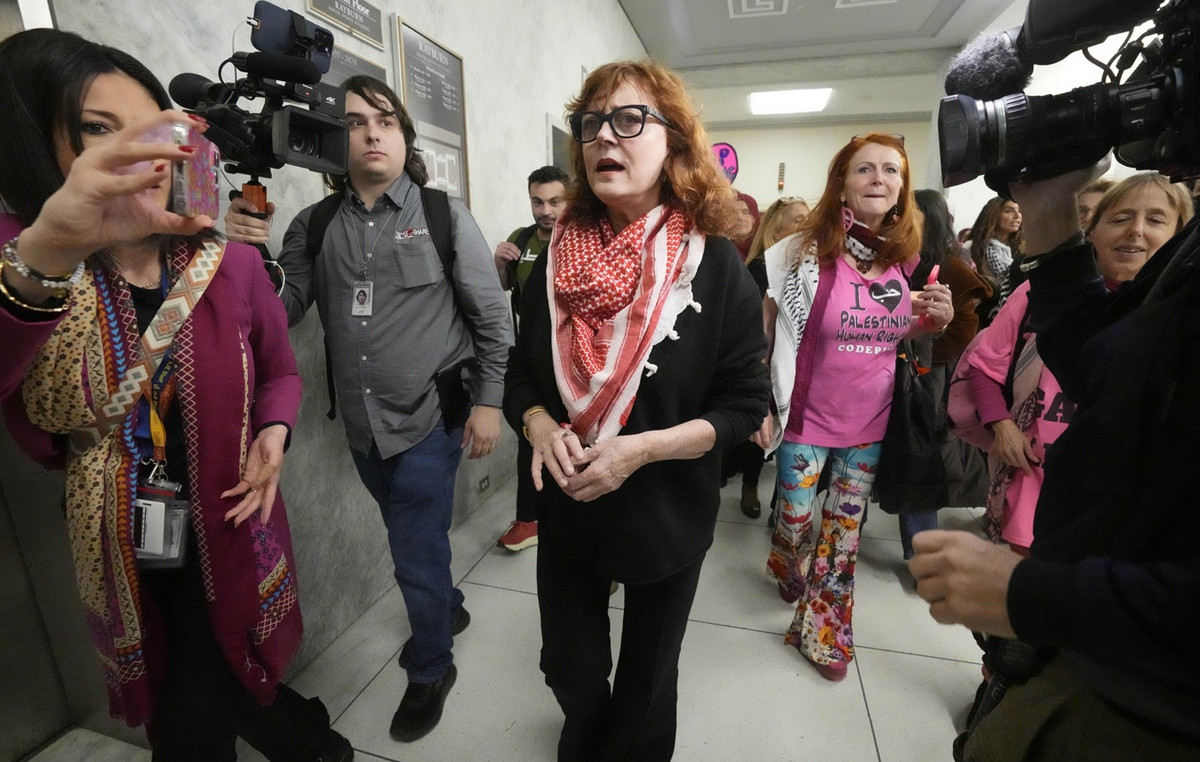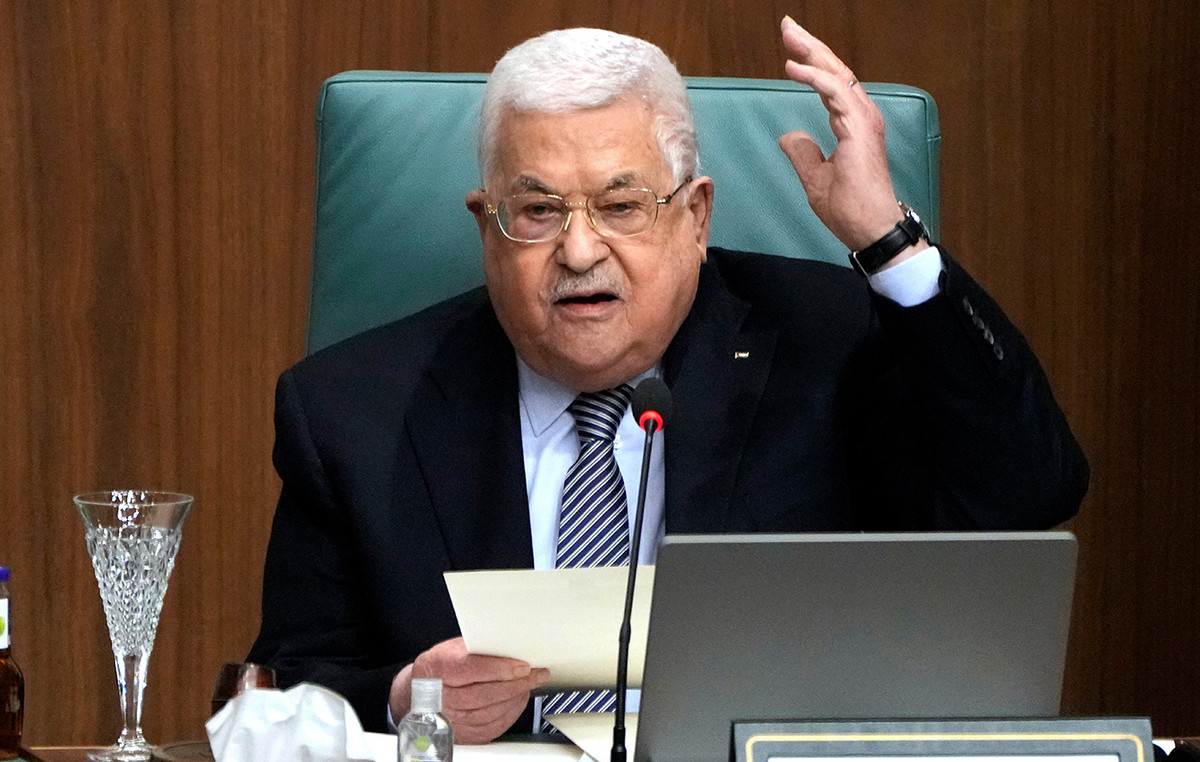- US Treasury yields remain firm as expectations rise for a second consecutive Fed rate cut following last week’s 50 basis point reduction.
- Minneapolis Fed President Kashkari and Atlanta Fed President Bostic support gradual cuts, with Kashkari forecasting rates of 4.4% by the end of 2024.
- Chicago Fed’s Austan Goolsbee says further rate cuts are needed, while Bostic downplays the likelihood of further 50 basis point cuts.
US Treasury yields ended the session firm amid growing bets that the US Federal Reserve (Fed) will cut borrowing costs for a second straight meeting, following last week’s 50 basis point cut.
Fed officials confident in inflation trend, signal caution on future cuts
Fed officials had been concerned about the labor market, acknowledging that risks were tilted to the upside. On inflation, they were confident that prices were moving sustainably toward the Fed’s 2% target.
On Monday, Minneapolis Fed President Neel Kashkari said cutting 50 basis points (bps) was the right move, adding that he expects rates to end 2024 around 4.4%. Atlanta Fed President Raphael Bostic echoed some of his comments, though he said they would not be cutting rates in 50-bps increments.
Bostic added that risks to the labor market had increased and he did not expect the unemployment rate to rise much further.
Finally, Chicago Fed President Austan Goolsbee said that many more rate cuts are needed over the next year and that the unemployment rate is at levels that many consider full employment.
On the data front, S&P Global released preliminary PMIs for September, which showed a mixed reading on the US economy. The manufacturing activity index hit its lowest level since June 2023, while the services PMI beat estimates of 55.3 and came in at 55.4.
The Fed FAQs
Monetary policy in the United States is directed by the Federal Reserve (Fed). The Fed has two mandates: to achieve price stability and to promote full employment. Its main tool for achieving these goals is to adjust interest rates. When prices rise too quickly and inflation exceeds the Fed’s 2% target, the Fed raises interest rates, increasing borrowing costs throughout the economy. This translates into a strengthening of the US Dollar (USD), as it makes the US a more attractive place for international investors to park their money. When inflation falls below 2% or the unemployment rate is too high, the Fed can lower interest rates to encourage borrowing, which weighs on the greenback.
The Federal Reserve (Fed) holds eight meetings a year, at which the Federal Open Market Committee (FOMC) assesses economic conditions and makes monetary policy decisions. The FOMC consists of twelve Federal Reserve officials: the seven members of the Board of Governors, the president of the Federal Reserve Bank of New York, and four of the eleven regional Reserve bank presidents, who serve one-year terms on a rotating basis.
In extreme situations, the Federal Reserve may resort to a policy called Quantitative Easing (QE). QE is the process by which the Fed substantially increases the flow of credit into a jammed financial system. It is a non-standard policy measure used during crises or when inflation is extremely low. It was the Fed’s weapon of choice during the Great Financial Crisis of 2008. It involves the Fed printing more dollars and using them to buy high-quality bonds from financial institutions. QE typically weakens the US dollar.
Quantitative tightening (QT) is the reverse process of QE, whereby the Federal Reserve stops buying bonds from financial institutions and does not reinvest the capital of maturing bonds in its portfolio to buy new bonds. It is usually positive for the value of the US dollar.
Source: Fx Street
I am Joshua Winder, a senior-level journalist and editor at World Stock Market. I specialize in covering news related to the stock market and economic trends. With more than 8 years of experience in this field, I have become an expert in financial reporting.







